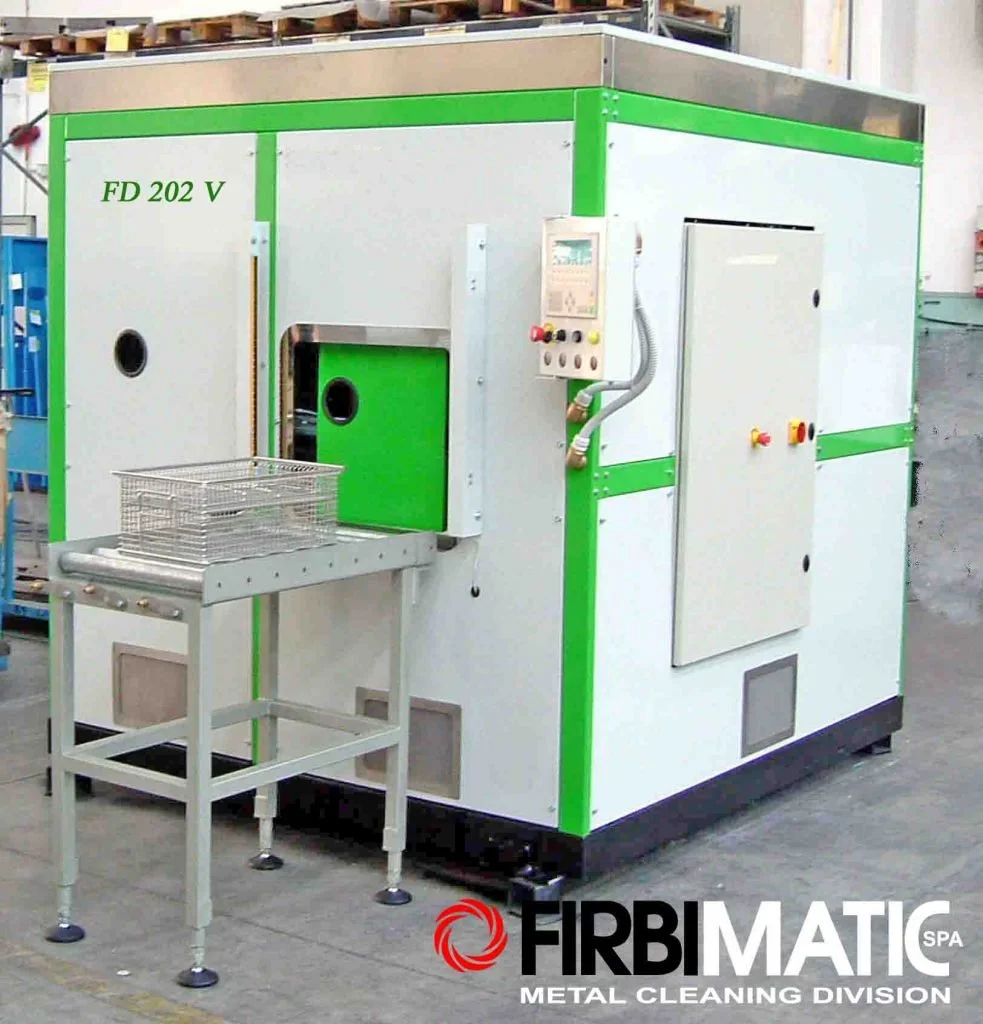Solvent Vacuum Degreasing
Solvent vacuum degreasing is a highly effective cleaning method used to remove contaminants, such as grease, oil, and other residues, from various surfaces. This process utilizes hydrocarbon-based solvents or modified alcohols as the cleaning agents. It is particularly suitable for parts and components that cannot be effectively cleaned using aqueous-based methods or where water-sensitive materials are involved.
How Solvent Vacuum Degreasing Works
Loading: The parts to be cleaned are placed inside a sealed chamber or basket within the vacuum degreaser machine.
Vacuum Creation: The chamber is evacuated to create a vacuum, removing air and creating a low-pressure environment.
Solvent Introduction: The selected solvent, such as a hydrocarbon-based solvent or modified alcohol, is introduced into the chamber. The solvent vaporizes and fills the chamber, effectively permeating the surfaces of the parts.
Degreasing Cycle: The solvent, in its vapor state, condenses onto the parts, dissolving and removing contaminants from the surfaces. This process is facilitated by the low-pressure environment, which enhances the cleaning efficiency.
Rinsing: After the degreasing cycle, the chamber is re-pressurized, causing the solvent to evaporate and leave the surfaces of the parts.
Drying: To ensure complete solvent evaporation, a drying cycle is typically employed to remove any residual solvent from the parts.
Solvent vacuum degreasing is a versatile and efficient method for removing contaminants from various parts and components. Its ability to provide thorough cleaning, compatibility with water-sensitive materials, and flexibility in solvent selection make it an essential process in many industries.
Benefits of Solvent Vacuum Degreasing
Effective Cleaning: Solvent vacuum degreasing provides excellent cleaning results, removing stubborn contaminants that may be resistant to aqueous cleaning methods.
Water-Sensitive Applications: It is an ideal choice for cleaning water-sensitive materials or components that cannot tolerate moisture.
Rapid Cleaning: Solvent degreasing offers quick cleaning cycles, allowing for efficient processing and reduced downtime.
Selective Solvent Choice: Hydrocarbon-based solvents or modified alcohols can be selected based on specific cleaning requirements and compatibility with the parts being cleaned.
Minimal Environmental Impact: Advanced solvent vacuum degreasers incorporate features such as closed-loop systems, vapor recovery, and advanced filtration to minimize solvent consumption and environmental emissions.


